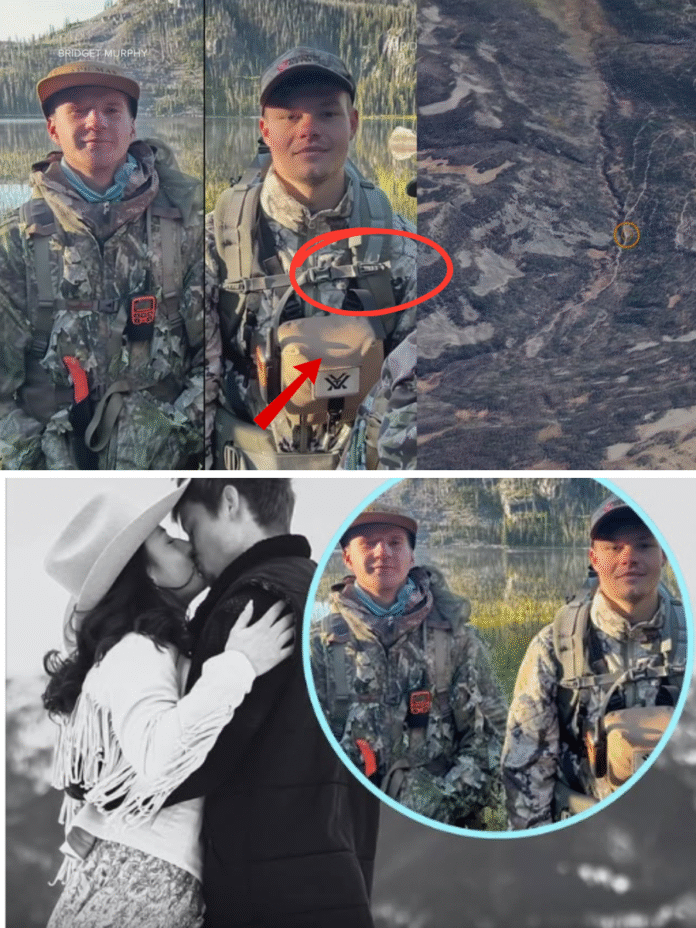The mysterious deaths of Colorado hunters Andrew Porter and Lan Stasko have taken another chilling twist after the official coroner’s report revealed something investigators were never expecting — traces of metallic residue embedded directly in Porter’s heart tissue, a substance experts say cannot be explained by lightning or environmental exposure.
According to forensic documents reviewed by [Outlet Name], the residue was described as “microscopic metallic fragments with partial oxidation patterns inconsistent with natural causes.” The discovery was made during a second-stage autopsy at a federal pathology lab, after initial reports failed to determine an exact cause of death.
“It’s not shrapnel, it’s not a bullet, and it’s not anything you’d find in a hunting accident,” said one forensic examiner close to the case. “Whatever this was — it entered the body with force, but not in any conventional way.”
Investigators initially speculated that a lightning strike could explain the metal traces, as both men were found in open terrain during a severe storm. However, the new analysis has ruled out lightning entirely, citing the absence of thermal burns, electrical arc marks, or entry wounds consistent with high-voltage discharge.
“Lightning leaves a very specific signature,” explained Dr. [Name], a forensic pathologist not involved in the case. “This doesn’t match it. It looks more like a targeted, localized energy event — or exposure to something artificial.”
The residue is now being tested at a federal materials lab to determine its composition. Early results reportedly show elements not typically found in ammunition, vehicle metals, or natural soil samples from the area where Porter and Stasko were last seen.
The sheriff’s office has declined to comment publicly, citing the sensitivity of the findings, but insiders confirm that the metallic traces are now “the central mystery” in an investigation already rife with unanswered questions — from a missing hour of GPS data to the discovery of a third person’s DNA on the men’s gear.
Friends of Porter describe him as an experienced outdoorsman with a deep respect for wilderness safety, making the discovery even harder to accept. “Andrew didn’t take unnecessary risks,” said one longtime friend. “If something got to him out there, it wasn’t nature.”
The metallic residue has now been sealed as forensic evidence, while investigators quietly explore several new theories — none of which have been made public.
“Whatever it was,” said one federal official, “it shouldn’t have been in his heart. And the fact that it was… means this case just changed completely.”
